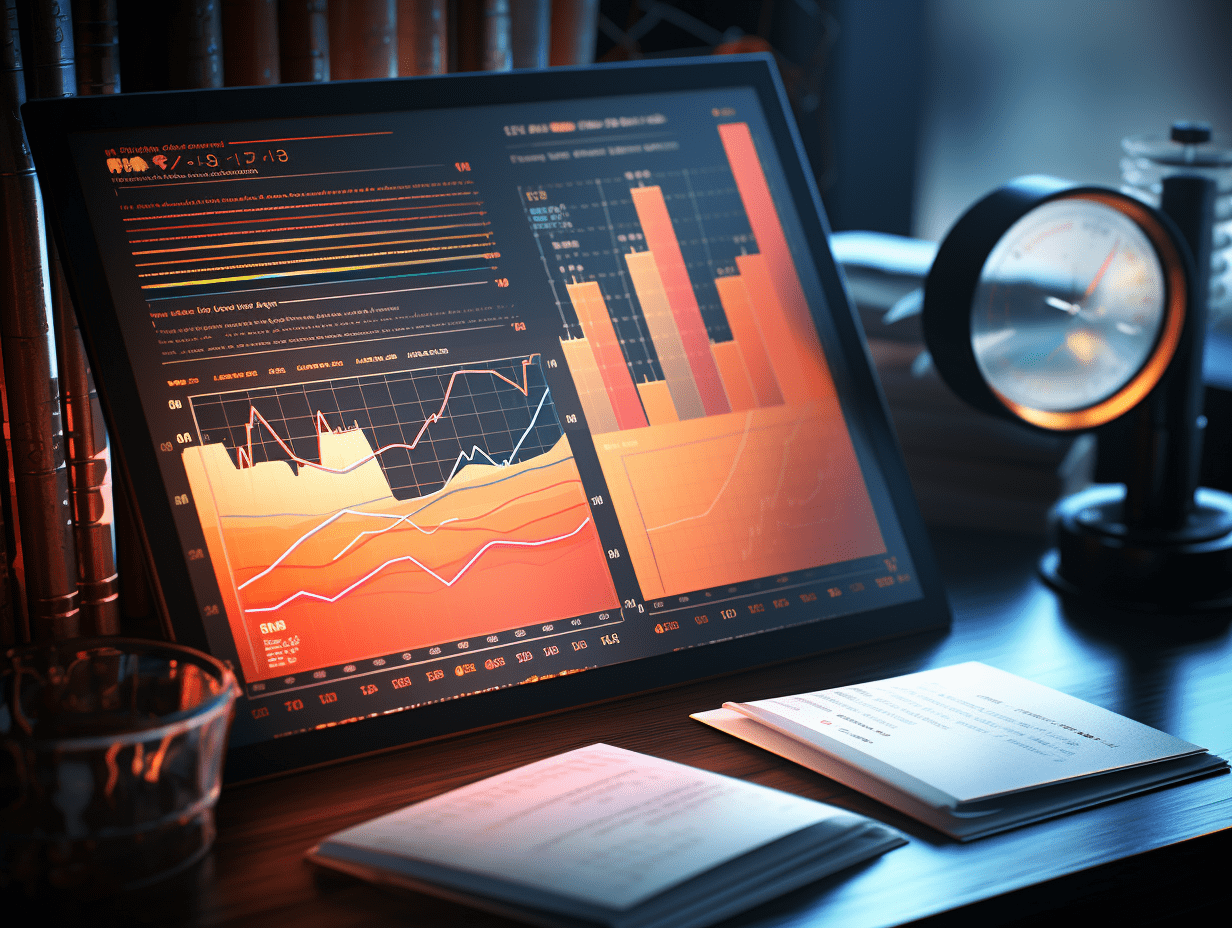Trader bets that the easing cycle of the European Central Bank is over and hawkish signals support the rebound of the euro.
Market traders are betting that the European Central Bank's interest rate-cutting cycle may have come to an end.
The European Central Bank (ECB) on Thursday kept its benchmark interest rates unchanged and signaled a hawkish stance, leading market traders to bet that the rate-cutting cycle may have come to an end. This shift pushed the euro exchange rate higher and triggered significant selling of European bonds, especially short-term bonds.
After the decision was announced on Thursday, the euro rose by 0.4% against the US dollar to 1.1739 US dollars; the yield on German two-year government bonds rose by as much as 5 basis points to near 2%, reaching a new high since April. Jordan Rochester, head of macro strategy at Mizuho EMEA, said, "Today is a hawkish day for the ECB, and I wouldn't go against the trend to short."
Prior to this interest rate decision, the currency market still expected a possible 25 basis point rate cut by mid-2026, but after the ECB released a hawkish stance, traders have shifted their main expectation to maintaining interest rates unchanged for the whole year. Currently, market implied probabilities show that the likelihood of another rate cut before the middle of next year has dropped from over 60% to less than 50%.
Ed Hutchings, head of rates at Aviva Investors, pointed out, "If the ECB has reached the end point of rate cuts, then 2026 will be more worth watching, and investors may even start thinking about when the next rate hike will occur."
ECB President Lagarde said in a press conference that the risks to euro area economic growth are "more balanced" and the process of inflation decline has ended. She reiterated that the current policy is in a "good position" and the central bank will continue to adopt a "meeting-by-meeting, data-dependent" approach and not commit to future rate paths.
The ECB has already lowered the key deposit rate from its peak of 4% in mid-2024 to the current 2%. This is the second consecutive time that the rate has been kept unchanged. The latest ECB forecasts show that the average inflation in 2025 is expected to be 2.1%, 1.7% in 2026, and 1.9% in 2027, largely in line with the expectations in June. Economic growth in the euro area for 2025 has been revised upwards to 1.2%, but slightly down to 1% for 2026.
Despite the recent EU-US agreement on a 15% comprehensive tariff, easing some uncertainties, the Trump administration is still adopting aggressive tariff policies and threatening further retaliation if the EU imposes punitive measures on American companies. The EU's $3.45 billion antitrust fine on Google exacerbated concerns about deteriorating trade relations.
The euro area economy grew by only 0.1% in the second quarter, significantly lower than the 0.6% in the first quarter. Lagarde pointed out that the trade agreement reduced uncertainty, but global trade policies remain highly volatile: "Though uncertainty has decreased, it has not returned to pre-pandemic levels and may never return to normal levels."
Insiders revealed that the ECB has not completely ruled out the possibility of another rate cut by the end of the year, but the data available at the October meeting is not enough to support a clear judgment. The meeting on December 18 will be a key time to discuss further rate cuts, combining the latest inflation, growth data, and forecasts.
Thomas Pugh, chief economist at RSM, said that the 15% EU export tariffs and related uncertainties may suppress demand, and if exports and investments are more affected, there is a possibility of another rate cut by the end of the year. However, Irene Lauro, Eurozone economist at Schroders, believes that the accelerating economic recovery and strengthening domestic demand signal the end of the rate-cutting cycle.
Related Articles

J.P. Morgan's 2025 U.S. stock strategy: AI remains the core engine, short-term vigilance is needed against inflation and valuation risks.

Bank of America's heavyweight report: AI "water sellers" are winning! Where could global funds flow next?

Elliott bets on Japanese nuclear power Kansai Electric becomes "new prey"
J.P. Morgan's 2025 U.S. stock strategy: AI remains the core engine, short-term vigilance is needed against inflation and valuation risks.

Bank of America's heavyweight report: AI "water sellers" are winning! Where could global funds flow next?

Elliott bets on Japanese nuclear power Kansai Electric becomes "new prey"

RECOMMEND

Hong Kong Stock Concept Tracker|Oracle (ORCL.US) RPO Surge Ignites AI Computing Power Chain—Domestic Opportunities in Focus
11/09/2025

Southbound Capital Flows Shift: Profit-Taking on High-Flying Stocks and Accumulating Alibaba and Tence
11/09/2025

Anti-Involution Policies Deliver Results as August Price Indicators Improve
11/09/2025


